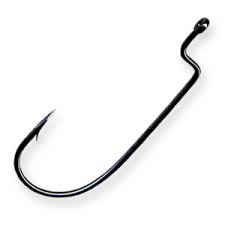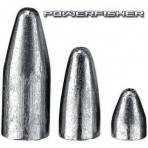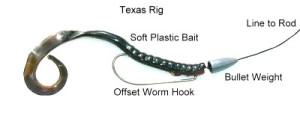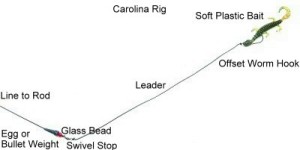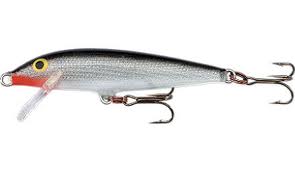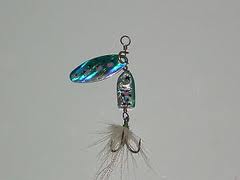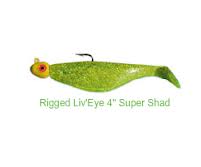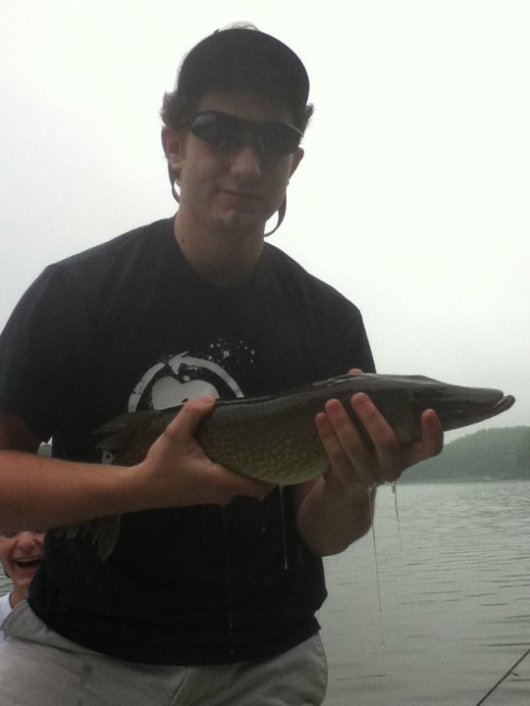There is no better way to ruin your fishing trip than to get a ticket for not having a license or keeping fish that are not regulation size.
Keeping fish that are not regulation size is also in poor practice of angling. It makes for smaller fish the next season because they did not have time to properly grow to the right size. If you are going to fish, at least be respectful of the laws because after all, they are there to protect the waterways and the fish that inhabit them. Companies even make large bumper sticker like rulers for your local area that can be put on top of your cooler so as to always have a measuring device handy. Most common fish measurement regulations can be found here. Other regulations involving many other matters of fishing can be found here. Keep in mind all the links I am providing are for the state of Virginia.
Licensing
In order to fish in public places, one needs to get a license that allows them to do so. They’re not expensive and all the funds go to the parks and marine government organizations to keep our waterways maintained and clean. Getting your license is quick and easy and can even be done online. All the information on licenses can be found here.
Just for your information, fishing on private land (just make sure it’s your own or you have permission and aren’t trespassing) still requires a fishing license.
The only time a license is not needed is if you own the actual waterway, be it a lake or pond.
For more information and just about everything you need to know visit, take me fishing, for Virginia, here.
This week’s post was brief but necessary, because without taking proper precautions and fishing correctly, then we will eventually negatively impact our waterways as a whole, and the fishing for everyone will be much less enjoyable. So keep it clean, keep it safe, and get your license to support Virginia’s waterways!


